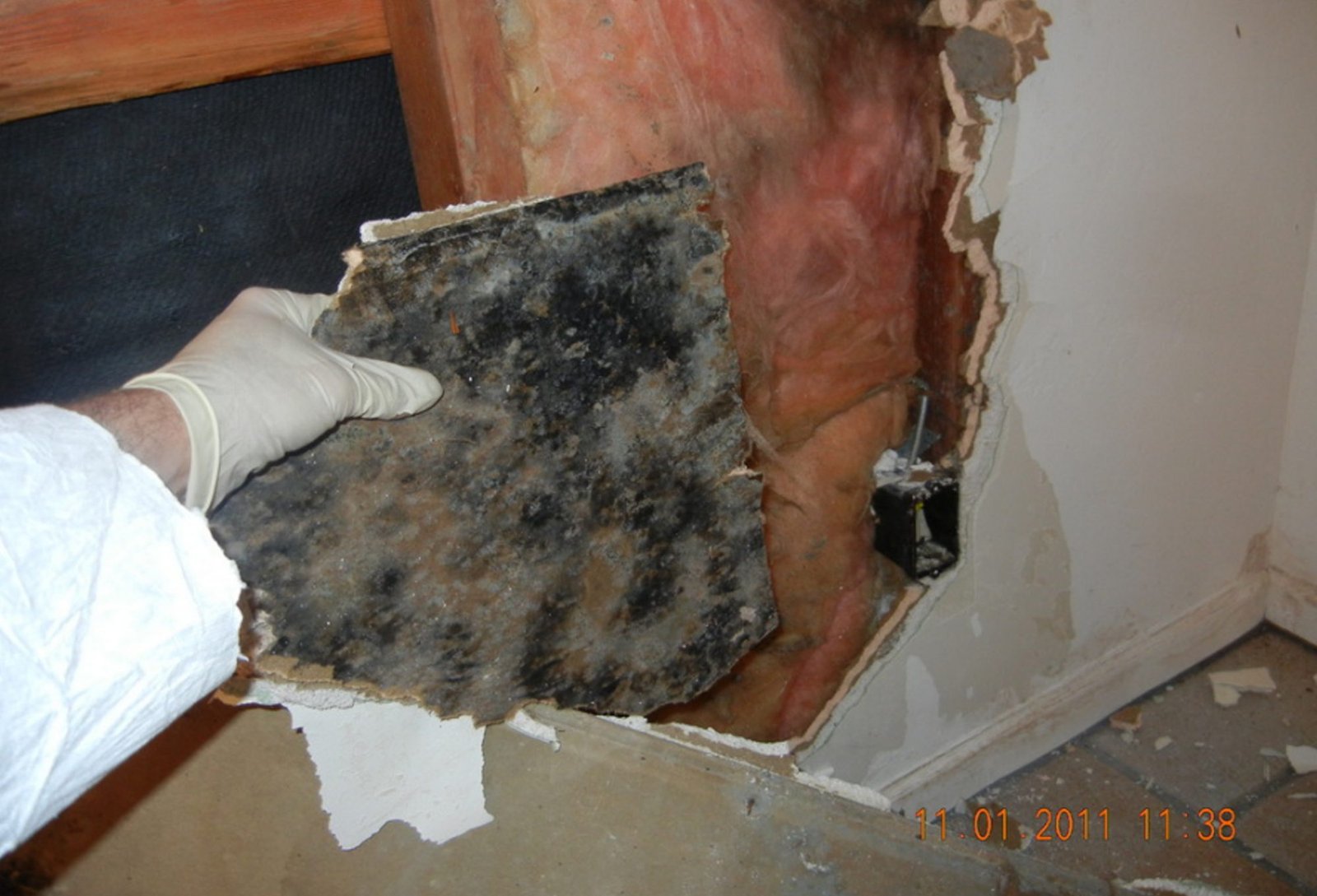Foundation is one of the most important components of a house. Foundation is an extremely important element of the house structure. Any factor that affects the structural integrity and stability of the foundation, affects, in fact, the structural integrity of the house.

Photo by lisa furey interiors – Search exterior home design ideas
Sinking is such an unfortunate element that can affect the structural integrity of the foundation, thus destroying the structural integrity of the house.
Therefore, a sinking foundation must be rectified as soon as it was noticed, to prevent any damage that might occur in the structure integrity of the house.
If it is not remedied within time, the sinking will continue resulting in serious and expensive damages.
The main reason for the foundation sinking is that the house is situated on an unstable soil.
Fortunately, over the past 40 years have developed various techniques and methods for lifting and repair a foundation that is sinking. These are inexpensive and relatively easy methods. Among them, we can mention “Slab Jacking” (or Mud Jacking”).
Slab Jacking is an inexpensive and non-invasive method. In fact, it is much cheaper than other methods such as pier method of leveling. However, there are other methods and techniques, which can be applied depending on the situation and the severity of the problem.
How to Spot a Sinking Foundation
Of course, you will be able to figure out if the foundation is sinking. However, it is best if you manage to predict in advance if this unfortunate phenomenon occurs.
There are some signs that show a perturbation in the structural integrity of a foundation, such as:
- 1. Doors becoming jammed;
- 2. Windows becoming misaligned;
- 3. Cracks in basement;
- 4. Cracks in slabs;
- 5. Crack in walls;
Painting Your Home Concrete Foundation – Tips and Ideas (howtobuildahouseblog.com)
Materials & Tools
Cement or Mortar;
Pump with minimum strength of 500 psi
Waterproof sealant;
Drilling Equipment;
Waterproof Polyurethane
Sinking Foundation Repair
1. First, you should have your house examined by a structural engineer. Only a structural engineer can diagnose the foundation situation and what should be done about it.
2. However, if it is not a severe problem you can apply “Mud Jacking” method. Start drilling a hole into the house basement floor. The diameter of these holes must be smaller than 1 5/8 -inch otherwise you can damage the floor structure. In addition, the distance between holes must be less than 5 feet.
3. If the sinking problem resides only, in the sinking of the basement floor, you should break all the connections of the floor with the walls and other structures. However, if one side of the whole house is sinking, and the house weight is considerable, then this method tends to be inefficient.
4. The next step is pumping of the mortar into the hole. You need a dual pump with minimum strength of 500 psi to prevent mortar spurting back through the hole. In fact, the role of mortar is to strengthen the soil, to provide a sounder footing to the basement floor.
5. However, if the problem is more serious, it is recommended pumping, of closed cell foam polymer instead of mortar. The polymer foam is ideal for small buildings such as bungalows, ranches, which are generally, placed on a weak foundation. But not only. It works even for buildings larger and heavier. In addition, polymer foam expands, increasing its volume and filling every gap, leading to a solid base for your foundation.
6. The last step is the sealing of the hole with waterproof polyurethane.


